Gwangju Kimchi Festival (광주김치축제)
6.4Km 2025-07-09
111 Naebang-ro, Seo-gu, Gwangju
+82-62-613-3955
The Gwangju Kimchi Festival is Korea’s representative kimchi festival, offering a variety of kimchi products for purchase and the chance to taste various kimchi dishes. Highlights include the “Thousand People’s Table” featuring diverse kimchi cuisine, a competition to discover kimchi masters, and a kimchi experience school with a range of engaging programs.
Gwangju National Museum (국립광주박물관)
6.4Km 2023-11-28
110 Haseo-ro, Buk-gu, Gwangju
+82-62-570-7000
Gwangju National Museum, opened on December 6, 1978, was established to promote the development of cultural arts and to foster patriotism. Gwangju National Museum’s goal is to conserve cultural values through the collection and preservation of historical and valuable artifacts found in the Gwangju and Jeollanam-do regions as well as make contributions to the community through continuous research, exhibition, and education. With over 130,000 artifacts as well as various educational and experience programs, the museum aims to provide an enjoyable cultural center for visitors.
Therapy Spa_Sobe (테라피 스파 소베)
6.4Km 2025-10-23
33 Sangmuyeonha-ro, Seo-gu, Gwangju
+82-62-416-3000
Therapy Spa_Sobe gets its name by combining the first two letters of the the Latin words solus (health) and bellus (beauty) to create the word "Sobe".
The spa pursues natural health and beauty derived from nature. It is committed to constantly improving itself through research to offer precious and relaxing moments to those exhausted from the modern era. The programs available here include the SOBE Signature Rituals, Hormone Aging Signal, Energy Immune Boosting, Wedding Day & Beauty Contouring, and Vita Moms & Post-natal Touch. Enjoy specialized care through these programs.
Venture Business hotel [Korea Quality] / 벤처 비즈니스 호텔(유한회사 벤처) [한국관광 품질인증]
6.4Km 2024-07-08
5-6 , Sangmujungang-ro 38beon-gil, Seo-gu, Gwangju
+82-62-655-7777, +82-10-7274-5532
Venture Business Hotel stands close to Sangmu station on subway line 1 in Gwangju, Jeollanam-do. Visitors can chose from several types of room including ondol rooms, family rooms, VIP twin bed rooms with terrace, and accessible rooms with bathrooms for disabled customers. All rooms are equipped with air dressers to keep your clothing fresh, and some have massage chairs and jacuzzis. Hotel facilities include free breakfast, use of washing machine and dryer, a business center and a 24-hour information desk.
Hotel Central (센트럴관광호텔)
6.4Km 2025-01-07
68, Sangmuyeonha-ro, Seo-gu, Gwangju
+82-62-383-7575
Hotel Central is an affordable tourist hotel located in the city center of Gwangju. The hotel aims to meet every need of today's modern travelers, from high-speed internet to safety and comfort.
Gwangju Arboretum (광주시립수목원)
6.5Km 2024-11-18
142 Dodong-gil, Nam-gu, Gwangju
Gwangju Arboretum was built on a sanitary landfill to restore the natural ecological environment by planting trees and creating convenience facilities. The arboretum preserves, manages, researches, and exhibits the indigenous plants of the region and provides visitors with a space to relax and connect with nature. Visitors of all ages can enjoy educational programs and forest commentary tours, making it a great place for families.
Korea Medical Institute Gwangju Branch ((재)한국의학연구소 광주분사무소)
6.5Km 2025-10-23
8F-10F, 58 Sangmujungang-ro, Seo-gu, Gwangju
Korea Medical Institute (KMI), a leader in 'K-health checkups,' operates health checkup centers across eight locations nationwide, from Seoul to Jeju. KMI has been striving to prevent and detect diseases early. It has led the popularization of comprehensive medical examinations in Korea. Based on 39 years of accumulated data and expertise, KMI has enhanced its capabilities in health checkups, services, and brand value.
By utilizing its diagnostic data accumulated over the years, KMI provides accurate test results and follow-up care promptly.
KMI will stay committed to becoming a lifetime health management partner and 'K-health checkup' leader by leveraging its excellence in Korean medicine, beyond health checkups for foreign patients.
Olive Young - Gwangju Catholic Peace Broadcasting Branch [Tax Refund Shop] (올리브영 광주평화방송)
6.8Km 2024-04-18
75, Sangmusimin-ro, Seo-gu, Gwangju
-
Jeonpyeongje Reservoir (전평제)
6.9Km 2021-04-29
9, Jeonpyeong-gil, Seo-gu, Gwangju
+82-62-365-4114
Jeonpyeongje Reservoir was built in 1943 to supply water for agricultural purposes to farms in the Maewol-dong and Byeokjin-dong regions as well as to prevent both floods and droughts. Starting in 1999, the reservoir was changed to a rest area, with a wooden deck crossing the reservoir to the man-made island in the middle. The area now serves as a waterside relaxation and eco-exploration space for family visitors.
Namdo Folk Food Exhibition Room & Honam Cultural Material Pavilion (남도향토음식박물관·호남문화자료전시관)
7.1Km 2021-11-27
477, Seoljuk-ro, Buk-gu, Gwangju
+82-62-410-6642
Located in Gwangju, the Namdo Folk Food Exhibition Room was established to preserve and promote the local foods of the Namdo region. The museum has a museum shop, both permanent exhibitions and special planned exhibitions, and a studio where visitors can watch a variety of video content related to the local foods. In the Honam Cultural Material Pavilion, literature, clothing, and artwork from the region are on display.
The museum building was designed to resemble both the long, rectangular presses used to make patterned rice cakes and the Ipseokdae Rock of Mudeungsan Mountain, a symbol of Gwangju. Even the colors of the building’s walls hold special significance. The obangsaek (five colors; blue, white, red, black, and yellow) symbolize the cardinal directions, the seasons, the major organs in the body, different tastes, feelings, and philosophy.
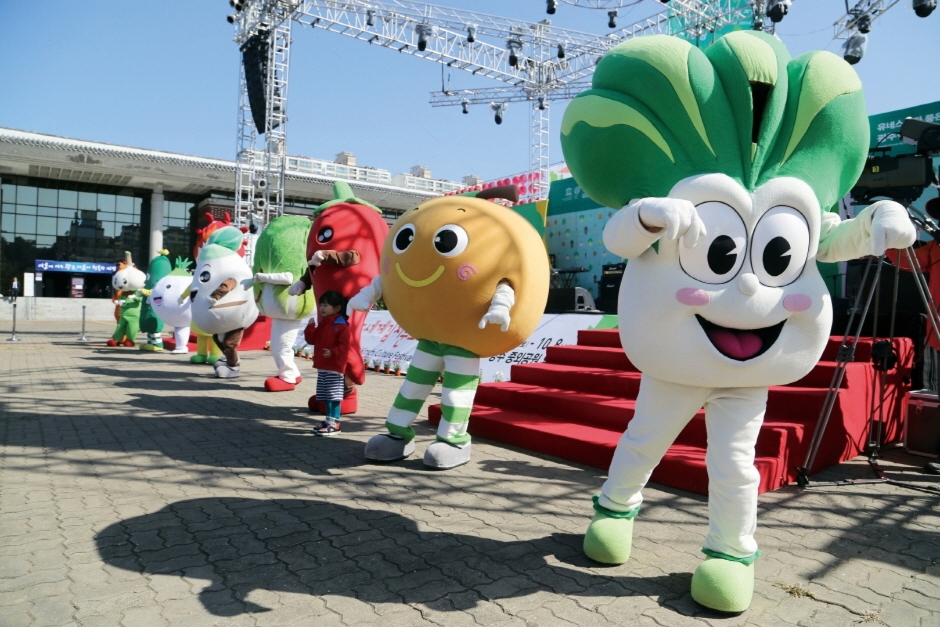

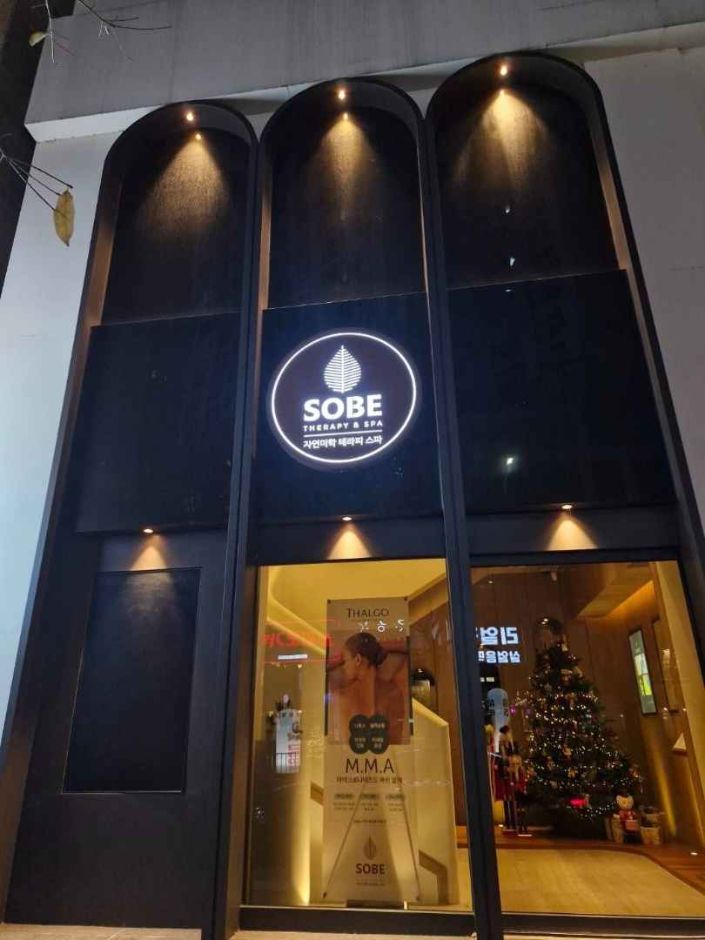
![Venture Business hotel [Korea Quality] / 벤처 비즈니스 호텔(유한회사 벤처) [한국관광 품질인증]](http://tong.visitkorea.or.kr/cms/resource/97/2630397_image2_1.jpg)
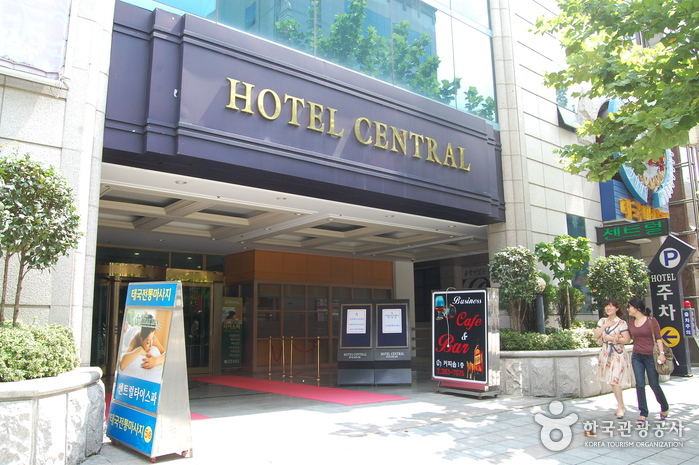
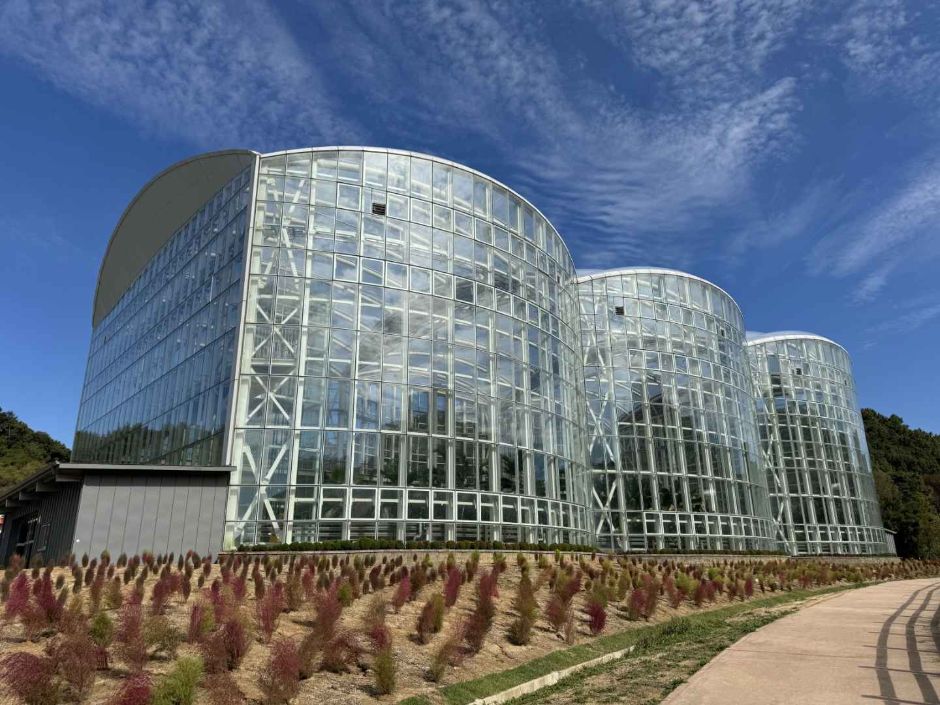
![Olive Young - Gwangju Catholic Peace Broadcasting Branch [Tax Refund Shop] (올리브영 광주평화방송)](http://tong.visitkorea.or.kr/cms/resource/21/2886921_image2_1.jpg)
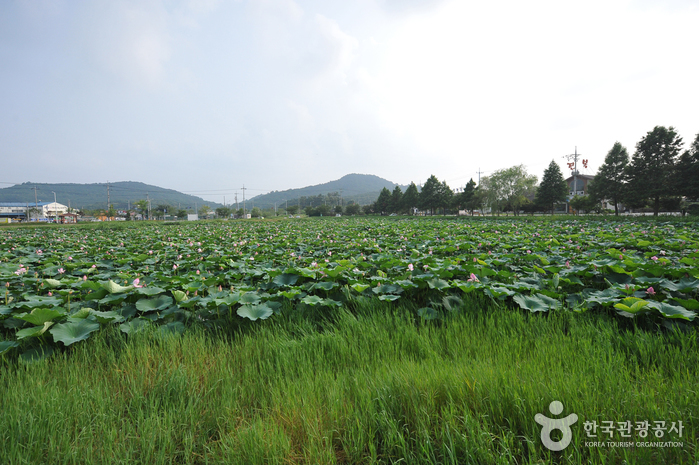
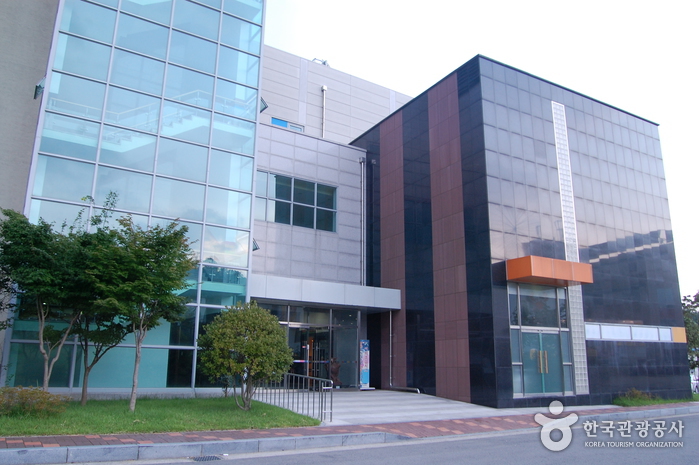
 English
English
 한국어
한국어 日本語
日本語 中文(简体)
中文(简体) Deutsch
Deutsch Français
Français Español
Español Русский
Русский